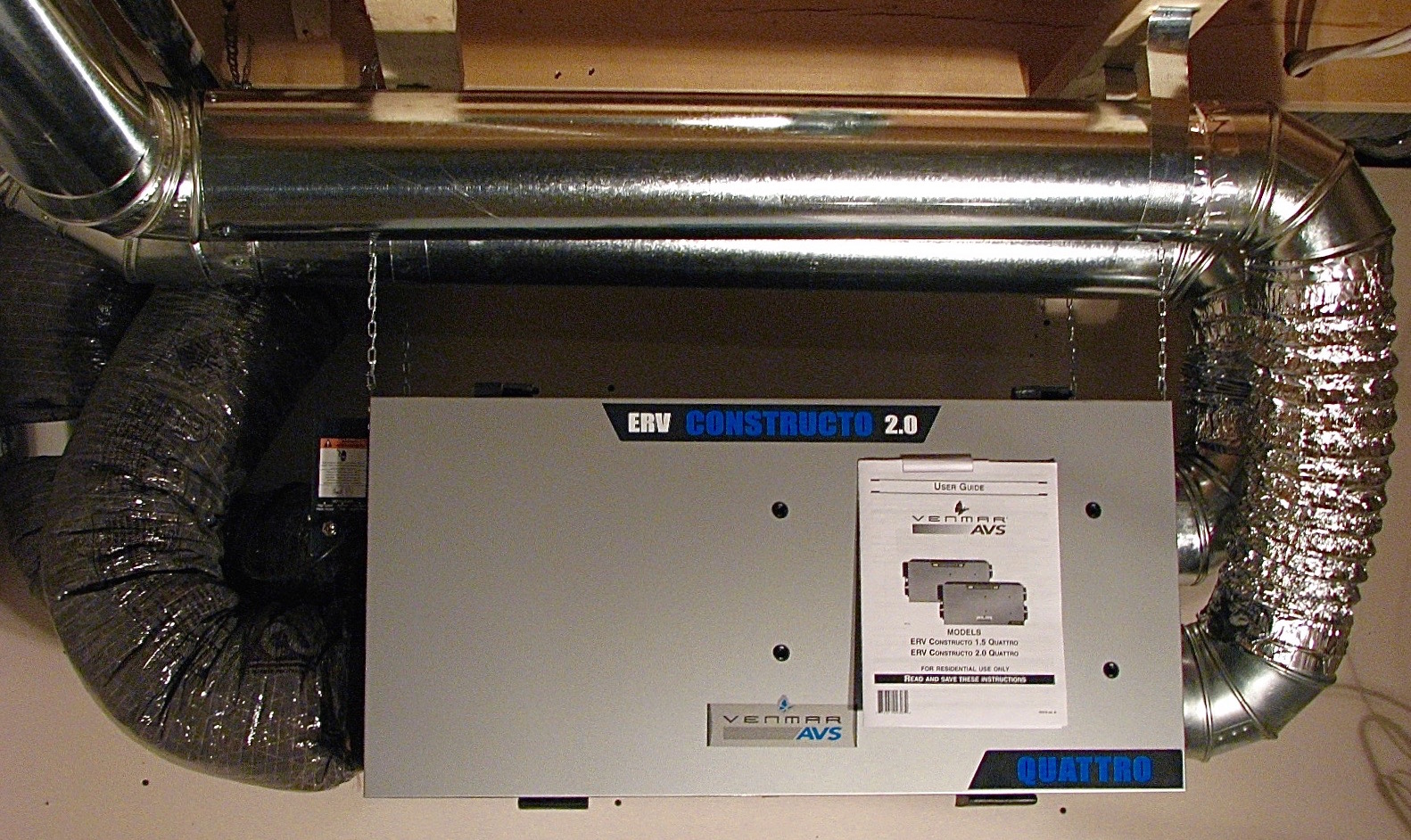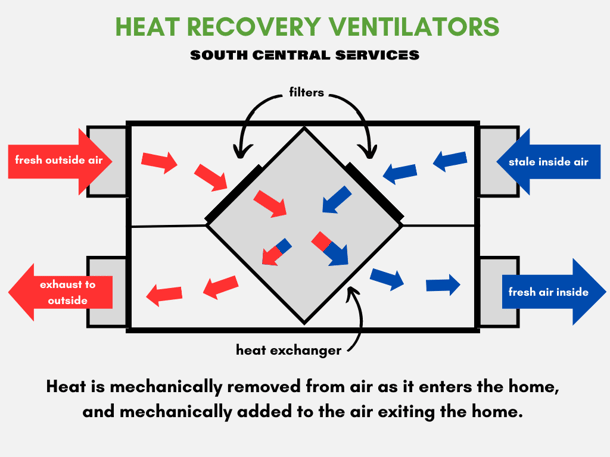The All-Inclusive Guide to the Uses of Heat Recovery Ventilation in Modern Structures
Heat Recovery Ventilation (HRV) systems stand for a substantial improvement in constructing modern technology (HRV Heat Recovery Ventilation). They offer an approach for trading stagnant interior air with fresh outside air while minimizing power loss. This technique not only boosts indoor air top quality yet also adds to power effectiveness in both domestic and industrial structures. Recognizing the numerous applications and benefits of HRV can expose its vital duty in contemporary design and sustainability initiatives. The ramifications of this technology are worth discovering even more
Understanding Heat Recovery Ventilation Solutions

Although lots of modern buildings prioritize energy effectiveness, comprehending warmth recuperation air flow (HRV) systems is vital for optimizing indoor air quality and decreasing energy intake. HRV systems function by moving warmth from stale interior air to incoming fresh air, efficiently keeping comfy interior temperature levels while minimizing energy loss. These systems contain a heat exchanger, fans, and ductwork that promote the circulation of air. Throughout winter, HRV units record and recycle warmth from the outward bound air, while in summer season, they can help cool inbound air. By constantly exchanging air, HRV systems additionally decrease moisture and the focus of interior pollutants. Proper installment and maintenance of HRV systems are vital for their performance and performance in boosting total structure performance and convenience.
Benefits of Heat Recovery Ventilation
Heat recovery ventilation systems offer countless benefits that enhance both energy performance and interior air high quality in modern structures. By recording and recycling energy from exhaust air, these systems considerably lower cooling and heating expenses, resulting in lower energy intake. Furthermore, they preserve a constant flow of fresh outside air, lessening the danger of interior air toxins and allergens. This continual exchange helps manage humidity levels, preventing mold and mildew development and making sure a much healthier living setting. Furthermore, HRV systems contribute to sustainability goals by decreasing total carbon footprints. Their ability to enhance ventilation without sacrificing thermal convenience makes them an important addition to contemporary structure design, promoting both economic and eco-friendly advantages.
Applications of HRV in Residential Buildings
As house owners significantly focus on energy efficiency and indoor air high quality, the applications of warmth healing ventilation (HRV) systems in residential buildings have become extra prevalent. HRV systems are particularly helpful in tightly sealed homes, where preserving fresh air circulation is crucial for protecting against moisture buildup and indoor contaminants. They efficiently move warmth from outward bound stale air to inbound fresh air, lowering energy prices linked with heating & cooling. Furthermore, HRVs can improve convenience levels by regulating humidity and temperature. They are also versatile for different household styles, consisting of single-family homes and multi-unit structures. In general, incorporating HRV systems sustains sustainable living methods while making sure a healthier indoor atmosphere for passengers.
HRV in Business and Commercial Settings
In business and commercial setups, the implementation of warm recuperation ventilation (HRV) systems has actually become increasingly critical for optimizing energy efficiency and maintaining air high quality. These systems successfully transfer warm from exhaust air to incoming fresh air, decreasing the need for added heating or cooling. This not only reduces energy expenses however additionally adds he has a good point to sustainability efforts. Industries such as manufacturing, warehousing, and office complex profit greatly from HRV systems, as they help control temperature level and humidity degrees, guaranteeing a comfortable and productive atmosphere. HRV systems help in getting rid of pollutants and excess dampness, boosting indoor air quality. As policies around air quality become more stringent, the fostering of HRV innovation is likely to grow, making it an essential element of modern commercial and industrial infrastructure.
Future Patterns in Heat Recovery Ventilation Innovation

Regularly Asked Questions
How Does Heat Recovery Ventilation Impact Indoor Air Quality?
Heat recovery ventilation substantially boosts interior air high quality by continuously exchanging stale indoor air with fresh exterior air while recuperating power. This procedure lowers pollutants, keeps excellent humidity degrees, and guarantees a much healthier environment for owners.
Can HRV Solutions Be Mounted in Existing Buildings?
HRV systems can undoubtedly be installed in existing structures. Retrofitting may require modifications to ductwork and ventilation formats, however it substantially improves power effectiveness and moved here indoor air quality, making it a practical option for older frameworks.
What Upkeep Is Required for HRV Systems?

Are There Specific Climates Where HRV Is More Reliable?
Heat recovery ventilation systems are especially effective in climates with considerable temperature differences in between periods. These systems enhance power performance by recovering warmth from exhaust air, making them suitable for both cool my latest blog post and moderately cozy settings.
Exactly How Do HRV Systems Affect Power Expenses?
